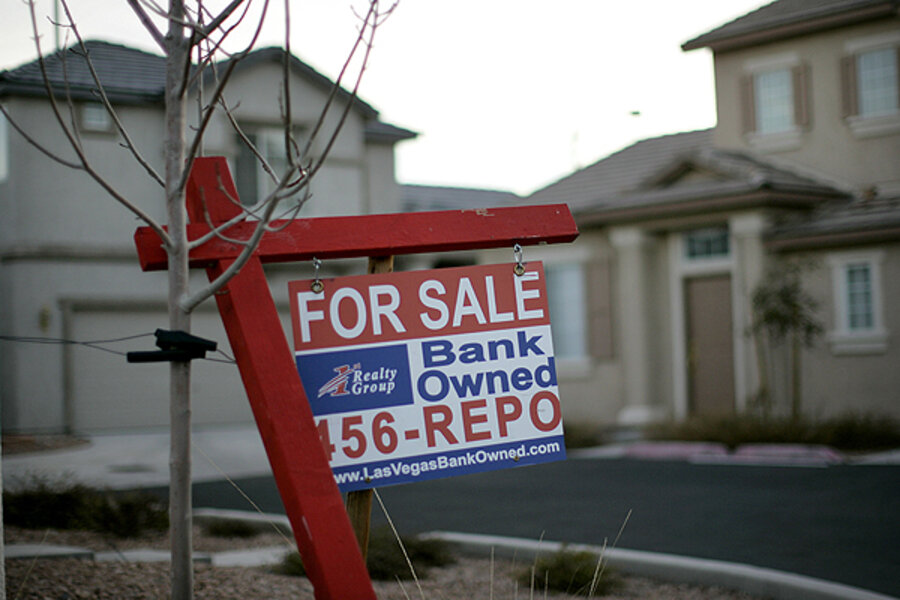Freedom from debt is possible – with a plan
Loading...
In my opinion, if you’re in a financial hole, constructing a debt repayment plan is the single strongest step you can take. It creates a clear picture of your debt situation, tells you the most efficient way of paying them off, offers you clear steps on what to do next, and can also be a useful tool when looking for additional help.
Constructing Your Plan
It’s pretty easy to put such a plan together. Put aside an hour and follow these steps.
First, collect all of your debt information in one place. You’re going to want your current balances, your interest rates, and your minimum monthly payments for each of these debts.
Then, simply make a list of those debts, ordering them by interest rate. Make four columns – debt name, balance, interest rate, and minimum payment. Put the debt with the highest interest rate at the top of the list and add others below that in order of interest rate, with the higher ones near the top.
Once you have that, total up your minimum payments. Add them up to see how much you’re putting toward your debts each month.
Then, add some amount to that total minimum payment. It needs to be an amount you can consistently afford. Maybe it’s only $25 a month. Maybe it’s $500. We’re all in different situations with different financial requirements.
That new amount, the total minimum payment plus the additional amount, is going to be how much you put toward debt each month until these debts are all gone.
Using Your Plan
Actually using this plan is pretty easy, too. Each month, you’re going to make the minimum payment on each debt except the top one on the list.
When you made your plan, you calculated an amount that you’re going to put toward your debt each month. As you make each minimum payment, subtract that payment from that total amount you figured up before.
When you’re down to just the highest interest payment, you’ll have an amount left that’s higher than the minimum payment for that bill. Instead of making the minimum payment, throw all of the remaining debt repayment money you have at that debt this month.
So, let’s say you’ve decided to put $2,000 toward your debt each month. You have a mortgage at 4.5% with a $1,200 monthly payment, a student loan at 5.5% with a $400 monthly payment, and a credit card at 19.9% with a $100 monthly payment. You’d make the minimum payment ($1,200) on the mortgage, the minimum payment ($400) on the student loan, and you’d put the remaining $400 toward the credit card. That’s an extra $300 payment on that debt this month, which will really help in knocking down that balance.
Eventually, you’ll pay off a debt. When that happens, the only thing you do is cross that debt off the top of that list. Don’t change the amount you’re putting toward debt each month. Instead, you’re going to start making a bigger monthly payment to the new top dog on the list. In the case above, that would mean putting $800 a month toward that student loan while still making the $1,200 a month minimum on the mortgage. Once the student loan is gone, you’d put $2,000 toward the mortgage.
The goal of a debt repayment plan is debt freedom, pure and simple. Debt freedom offers so much freedom of choice and peace of mind that it’s always a worthy financial goal.
Also, if you’re looking at loan consolidation or other forms of financial help and are meeting with a loan counselor, having a debt repayment plan makes your case look better to that person and they’re more likely to help you get a good consolidation.
If you’re in any sort of debt trouble, put a debt repayment plan together today and stick to it. You’ll be glad you did in a few years when you achieve freedom from these debts.
This post is part of a yearlong series called “365 Ways to Live Cheap (Revisited),” in which I’m revisiting the entries from my book “365 Ways to Live Cheap,” which is available at Amazon and at bookstores everywhere.






